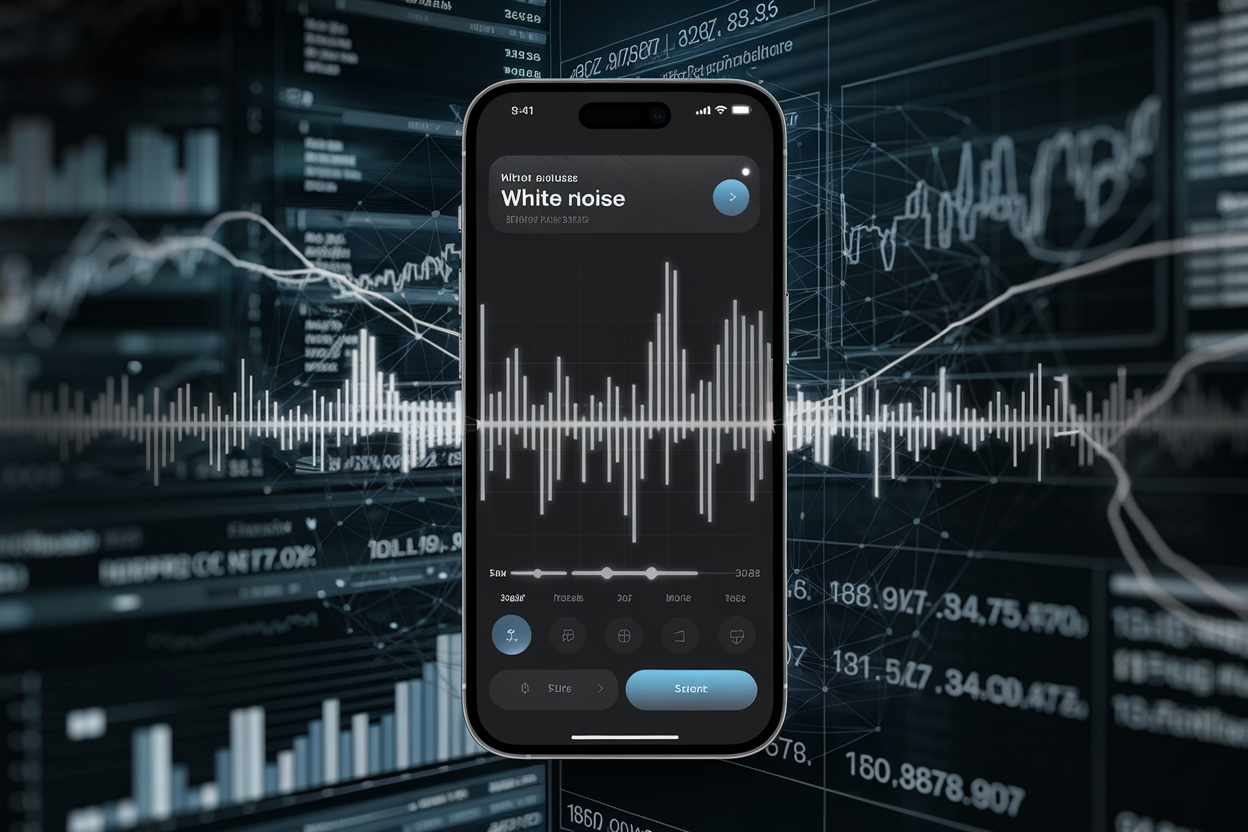 SECURITY
SECURITY
 SECURITY
SECURITY
 SECURITY
SECURITY
A report released today by digital media software firm DoubleVerify Holdings Ltd. warns that white-noise apps are being exploited in a growing trend of audio ad fraud.
White-noise apps generate continuous sounds across a wide range of frequencies to mask background noise, helping users relax, focus or sleep better. They’re growing in popularity: Muck Ruck analysis by DoubleVerify found nearly 200 articles over the past year have recommended various white-noise apps. With the growing popularity, though, has come those looking to exploit them.
In the report, DV’s researchers found that the apps are being used to commit audio stream fraud and divert advertising dollars. The main scam, found in two major global fraud schemes called BeatSting and FM Scam, involves falsifying audio traffic using sophisticated methods such as dedicated servers, leading to substantial financial losses. At their peak, the schemes collectively inflicted more than a million dollars in monthly damages on advertisers without verification protections in place.
Two particular apps, called “Deep Sleep” and “Deep Sleep Kids,” that were developed by the same company and amassed more than 10,000 downloads were found on the surface to seem safe and legitimate. But digging deeper, DV’s researchers found that they generate fake streaming data by selling audio impressions where ads were never actually played. The developer executes this through a method similar to server-side ad insertion fraud found in CTV.
The scheme works through the use of advanced techniques such as spoofing residential internet protocol addresses and mimicking legitimate audio apps to execute the scheme. Those behind the fraud set up counterfeit SSAI servers that generate fake audio ad requests, creating the illusion of active user engagement. The fraudulent requests are then funneled to supply-side platforms, ad exchanges and ad networks, tricking advertisers into spending money on ad placements that never reach real users.
To detect the fraud, DV’s researchers looked for irregular usage patterns in white noise or sleep apps. Genuine apps typically see peak usage during nighttime hours when users seek relaxation or help with sleep. However, fraudulent apps exhibit unusual spikes in daytime activity, a telltale sign of automated operations designed to generate fake impressions and deceive advertisers.
Through 2023 and 2024, dozens of apps have been discovered using the same fraud technique. On average, unprotected buyers were found to be purchasing more than 45,000 monthly impressions on each app. Eeven with a conservative estimate of audio CPMs at $5 to $7 — and many are often more than $20 — DV estimates an impact of at least $225,000 per app per month.
“This situation highlights the critical need for advertisers to be diligent and implement verification and monitoring for audio streaming traffic to protect their investments,” the report concludes. “For legitimate app developers, fraud like this diverts ad dollars that would otherwise go to them.”
Support our mission to keep content open and free by engaging with theCUBE community. Join theCUBE’s Alumni Trust Network, where technology leaders connect, share intelligence and create opportunities.
Founded by tech visionaries John Furrier and Dave Vellante, SiliconANGLE Media has built a dynamic ecosystem of industry-leading digital media brands that reach 15+ million elite tech professionals. Our new proprietary theCUBE AI Video Cloud is breaking ground in audience interaction, leveraging theCUBEai.com neural network to help technology companies make data-driven decisions and stay at the forefront of industry conversations.